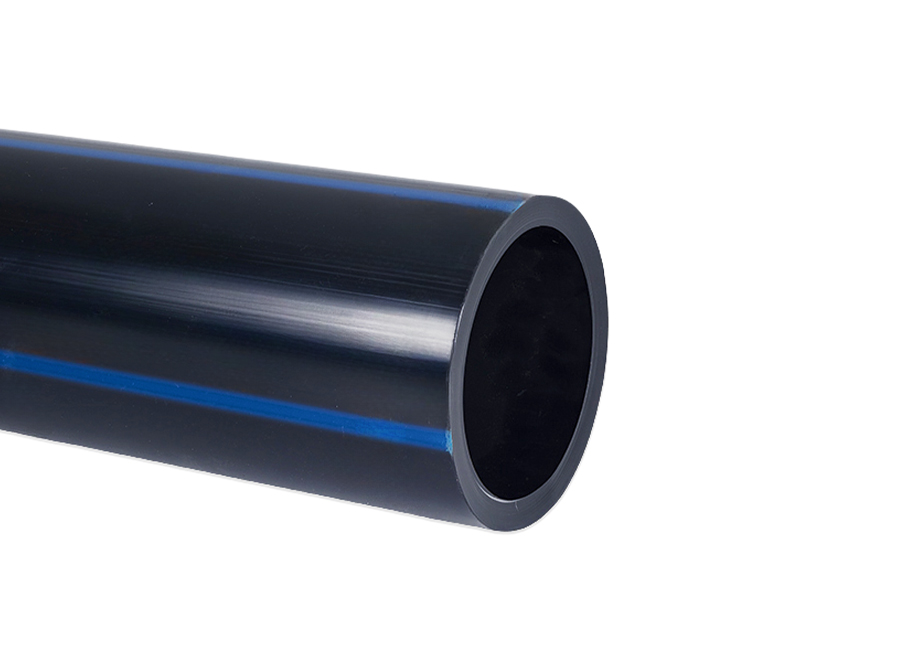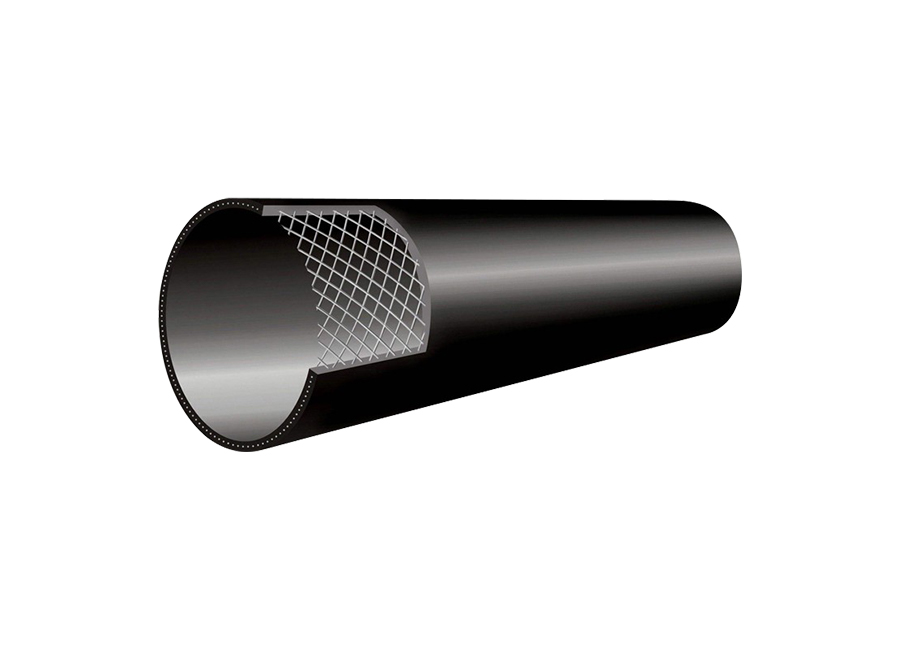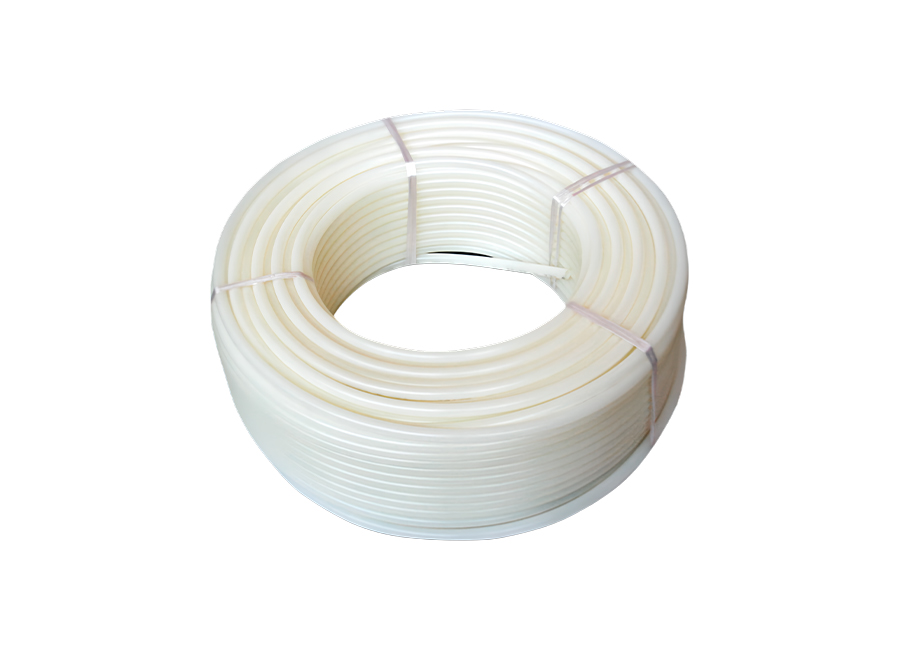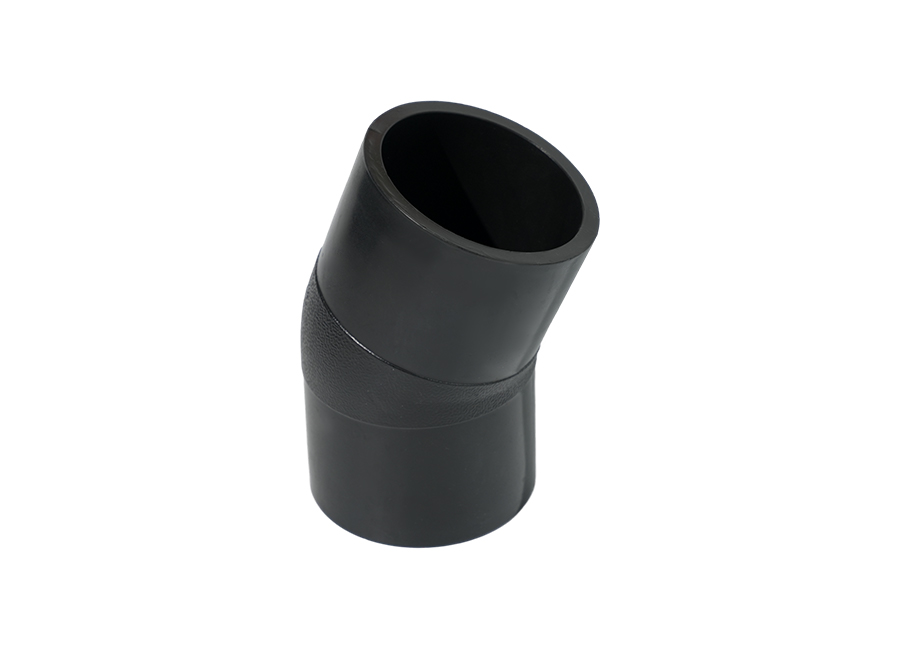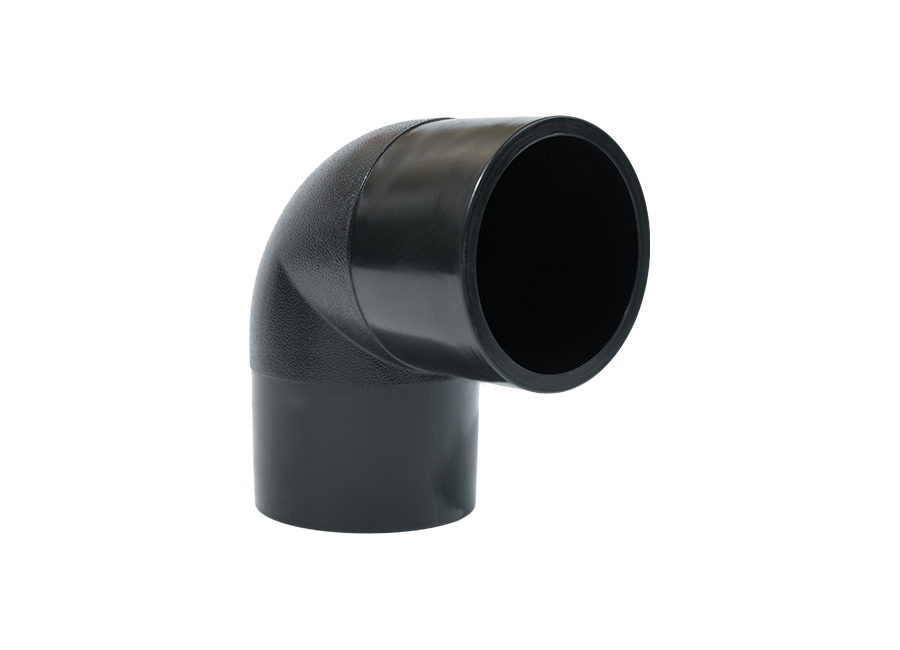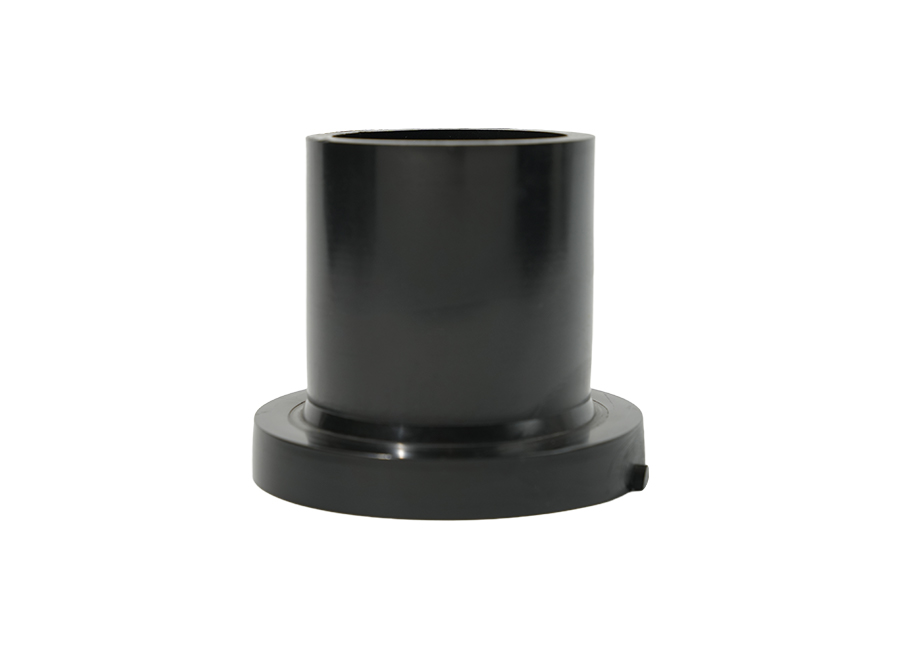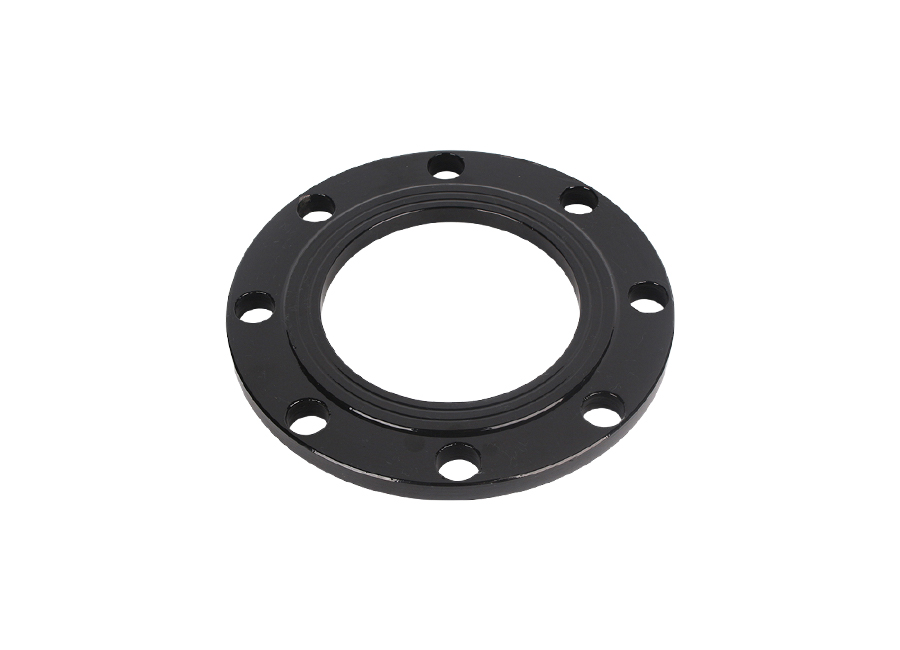In piping systems, PE pipes (polyethylene pipes) are widely used in water conservancy, construction, chemical, and agricultural irrigation industries due to their excellent properties such as corrosion resistance, high pressure resistance, and wear resistance. Whether for new projects or pipeline maintenance, choosing the right PE pipe is crucial. Different project requirements, environmental conditions, and budget constraints can all influence the final choice. So, how do you choose the right PE pipe? These key factors cannot be ignored.
Content
1. Pipe Material and Type
PE pipes are made of polyethylene, but different types of PE pipes differ in performance and application. Common PE pipes include PE80 and PE100. PE100 is a more advanced type, with higher pressure resistance and a longer service life, making it suitable for high-pressure or long-term applications. PE80 pipes are suitable for lower-pressure applications and are relatively cheaper, making them suitable for projects with tighter budgets.
In addition, PE pipes are also divided into different types, such as PE water supply pipes, PE gas pipes, and PE drainage pipes. PE pipes for different applications differ in material, thickness, and pressure resistance; when choosing, ensure that the type of PE pipe meets the project requirements.
2. Pipe Specifications and Dimensions
PE pipe specifications include outer diameter, wall thickness, and pipe length, all of which directly affect the pipe's performance. When selecting PE pipes, the appropriate pipe diameter and wall thickness must first be determined based on the actual requirements of the project.
Pipe Diameter: The pipe diameter should be selected based on the flow rate of the medium to be transported. Pipes with larger flow rates require larger diameter PE pipes.
Pipe Wall Thickness: Pipe wall thickness is closely related to the pipe's pressure resistance. For high-pressure applications, thicker-walled PE pipes are required. The wall thickness also determines the pipe's wear resistance and impact resistance.
Furthermore, the length of the PE pipe should be selected based on the conditions of the construction site to avoid inconvenience in pipe connections due to insufficient length.

3. Working Pressure and Temperature Resistance
One of the biggest advantages of PE pipes is their excellent pressure resistance, but different types of PE pipes have different working pressure tolerances. When purchasing, it is essential to confirm the required pressure range of the pipe and select PE pipes that meet the working pressure requirements. Common PE pipes have different pressure ratings, including PN6, PN10, and PN16. When selecting PE pipes, it's crucial to ensure the pressure rating matches the actual operating environment.
Furthermore, temperature is a significant factor influencing PE pipe selection. While PE pipes perform excellently at room temperature, they may lose some physical properties at high temperatures. The temperature resistance of PE pipes typically ranges from 0°C to 40°C, with some high-performance PE pipes maintaining good stability even at higher temperatures. If the project involves high-temperature environments, special attention must be paid to selecting pipes with strong temperature resistance.
4. Pipe Corrosion Resistance and Chemical Resistance
PE pipes possess excellent corrosion resistance, making them a more ideal choice in highly corrosive environments. For example, in chemical and wastewater treatment projects, PE pipes effectively prevent corrosion problems that occur in traditional metal pipes over long-term use.
However, different types of chemicals have varying effects on PE pipes. When selecting PE pipes, it's essential to understand the characteristics of the transported medium to ensure the PE pipe's chemical resistance meets requirements. Especially in projects involving specific chemicals, consulting the pipe supplier is advisable to ensure the selected PE pipes will not fail due to chemical reactions.
5. Pipe Connection Methods
PE pipes can be connected in various ways, commonly including heat fusion, electrofusion, and mechanical connections. Different connection methods are suitable for different construction conditions and technical requirements.
Heat fusion: Suitable for the installation of larger diameter PE pipes, providing strong connection strength and sealing.
Electrofusion: Suitable for small to medium diameter PE pipes, simple to operate, and suitable for more complex on-site construction.
Mechanical connections: Generally used for temporary connections, suitable for situations where long-term sealing is not required.
When purchasing PE pipes, the most suitable connection method should be selected based on the actual construction conditions to ensure the stability and long-term use of the pipeline system.
Choosing the right PE pipes requires not only considering the actual needs of the project but also factors such as pipe specifications, pressure, temperature resistance, and connection method. Understanding these key factors allows purchasing personnel to ensure the selection of high-quality PE pipes suitable for their project, improving project efficiency and safety.

 English
English 中文简体
中文简体 русский
русский عربى
عربى


